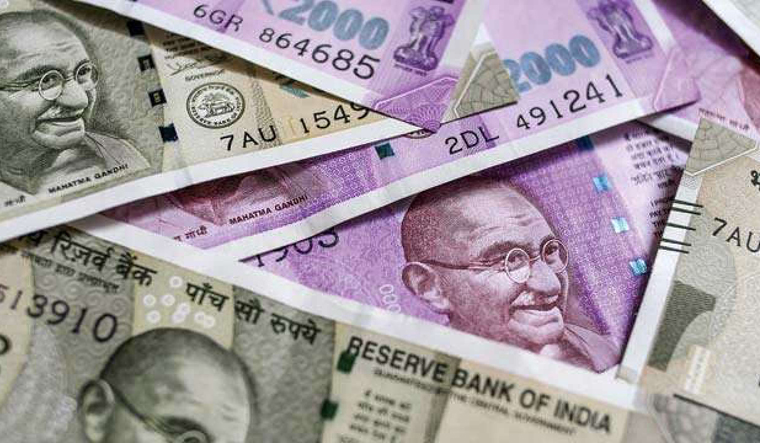India's trade deficit has been widening with imports rising at a faster pace than the growth in exports. There is unlikely to be any respite this year too as a rise in crude prices will continue to put pressure on India's trade balance.
For the year ending March 2019, India's merchandise trade deficit is expected to rise to a four-year high of $178.1 billion or 6.4 per cent of GDP, according to credit ratings agency India Ratings. In 2017-18, India's trade deficit touched $156.8 billion or 6 per cent of GDP.
After years of softness, crude oil prices are on the boil once again. Brent crude prices have gained more than 3 per cent this week to hit a three-and-a-half year high of around $77.50 per barrel in the wake of US pulling out of the Iranian nuclear deal and impose sanctions on Iran, that could threaten global crude supplies.
Rising oil prices will hit India hard as it is India's single-largest import, accounting for around 28 per cent of total imports last year.
“After peaking at $190.3 billion in FY13, India’s trade deficit declined aided by softening global crude prices. This trend reversed in FY18, as imports grew 19.7 per cent year-on-year while exports growth was 10 per cent, resulting in a trade deficit of $156.8 billion. Rising commodity prices, especially oil is likely to exert pressure on trade balance in FY19,” India Ratings said.
Last year, the import growth was driven by 25.7 per cent surge in import of petroleum products, and a 32 per cent jump in gold, silver and precious stones imports. With industrial activity picking up, imports of raw materials and intermediate goods is also on the rise and is expected to pick up further this year.
Rising trade deficit, a surge in commodity prices and a strengthening US dollar on expectations of further interest rate hikes by the Federal Reserve has put pressure on the rupee.
The rupee hit a 15-month low to close around 67.31 to the dollar on Thursday, versus around 63.67 on January 1, despite a pickup in the economic growth and healthy foreign exchange reserves. And analysts don't rule out the currency weakening further.
“With the US 10-year (bond) yield hovering around 3 per cent, and US dollar index at 91.56 level compared to calendar-year low of 88.39, rupee is likely to remain under pressure in the near-term with a possibility of it touching 68 if the US yields jump higher from the current levels and oil prices sustain,” Elara Capital said in its recent report.


